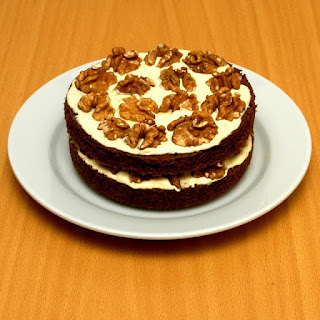Why I Chose a Low Carb Ketogenic Diet for Diabetes Management
Carbohydrate is the macronutrient that raises blood glucose the most, so keeping consumption low is my primary goal. Of next importance is using whole foods that naturally have the necessary micronutrients and enough complete proteins to support my exercise. I had to add fat to my meals to replace calories from the omitted carbohydrates. My protein intake did not change after starting a ketogenic low carb high fat diet. This way of eating has resulted in a significant improvement in my blood glucose control and a 1.2% reduction in HbA1c. Most importantly, the diet supplies my body with the energy, substrates, and nutrients to enable daily resistance and aerobic/endurance exercise, with minimal need for sports nutrition (sugar), or development of hypoglycemia. I completed The Great Floridian Triathlon in October 2012 without any sugar, food, or hypoglycemia thanks to my low carbohydrate ketogenic lifestyle.
Nutritional Ketosis
My diet keeps me in a state of nutritional ketosis*, the natural result of a low carbohydrate diet that instructs the fat cells to release fat and the liver to convert some of that fat into ketones. Ketones, including acetoacetate and beta-hydroxybutyrate, are small energy molecules clipped from long fatty acids to replace a portion of the glucose requirements of many key organs, particularly the brain. The body over time becomes metabolically flexible, and able to utilize glucose, fat, and ketones, instead of just glucose and fat. This is especially important for those with diabetes who may experience hypoglycemia since ketones can supply the brain with fuel when blood glucose is temporarily low. The low carbohydrate ketogenic diet has also been found to be anti-inflammatory and improves cardiovascular risk factors in persons with metabolic syndrome.
To stay in continuous nutritional ketosis I keep my total carbohydrate content at about 50 grams/day, but others may require as little as 20 grams/day. By monitoring urine ketones, blood ketones, and/or breath ketones, I have confirmed nearly continuous nutritional ketosis. My dietary protein intake is about 1.4 grams/kg body weight/day, so for my 5’8″ height and 166 lb. weight, that’s about 105 grams of protein/day. My dietary fat intake is fairly high as a percentage of calorie intake (about 75%), but the quantity of dietary fat (about 209 grams/day) is just enough to feel energetic and maintain a lean body composition.
Hunger has never been a problem for me, but has become even less noticeable since starting my diet. I eat breakfast at 8 a.m. and dinner at 6 p.m.. I started skipping lunch (thus eating two meals a day) in 2001 to avoid taking insulin with lunch, and thereby decrease the likelihood of hypoglycemia while at work. Eating at regular times is not absolutely necessary when type 1 is treated with insulin analogs, but I prefer a regular schedule because insulin sensitivity changes throughout the day particularly after exercise and this affects the mealtime insulin doses needed. Persons with diabetes often ask me how difficult it is to maintain such a rigid diet. It’s really not all that difficult. Here’s what I eat.
What I Cook And Eat
- Beef, grass-fed, including skeletal muscle (65% lean), heart, liver, and kidney
- Fish, mainly wild Alaskan salmon
- Pork sausage and bacon (both uncured)
- Lamb occasionally
- Chicken & Turkey occasionally
- Eggs (chicken)
- Non-starchy vegetables (about 5% carbohydrate content by weight): Cabbage (Red, Green, Napa), Kale, Collard Greens, Spinach, Bell Peppers, Carrots, Leeks, Onions, Mushrooms, Brussels sprouts, Home-made Sauerkraut from Red Cabbage, Bok-Choy, Broccoli, Cauliflower, Yellow Squash, Zucchini, Cucumber, Lettuce (Iceberg & Romaine), Turnip Root, others I’m not recalling.
- Fruit – Avocado, Tomatoes, Olives, Strawberries, Blueberries, Blackberries, lemon juice on fish and salads
- Nuts & Seeds – Pepitas, Macadamia, Brazil, Pecan, Walnut, Pistachio, Cashew
- Fat – Butter, Coconut & Olive Oils often, Cheese rarely (all these added fats are admittedly processed)
- Note: I developed an intolerance to milk prior to my diagnosis of T1D. I did try heavy whipping cream after starting my KLCHF diet, but am also intolerant of it.
Read more: http://asweetlife.org/
Graham






















